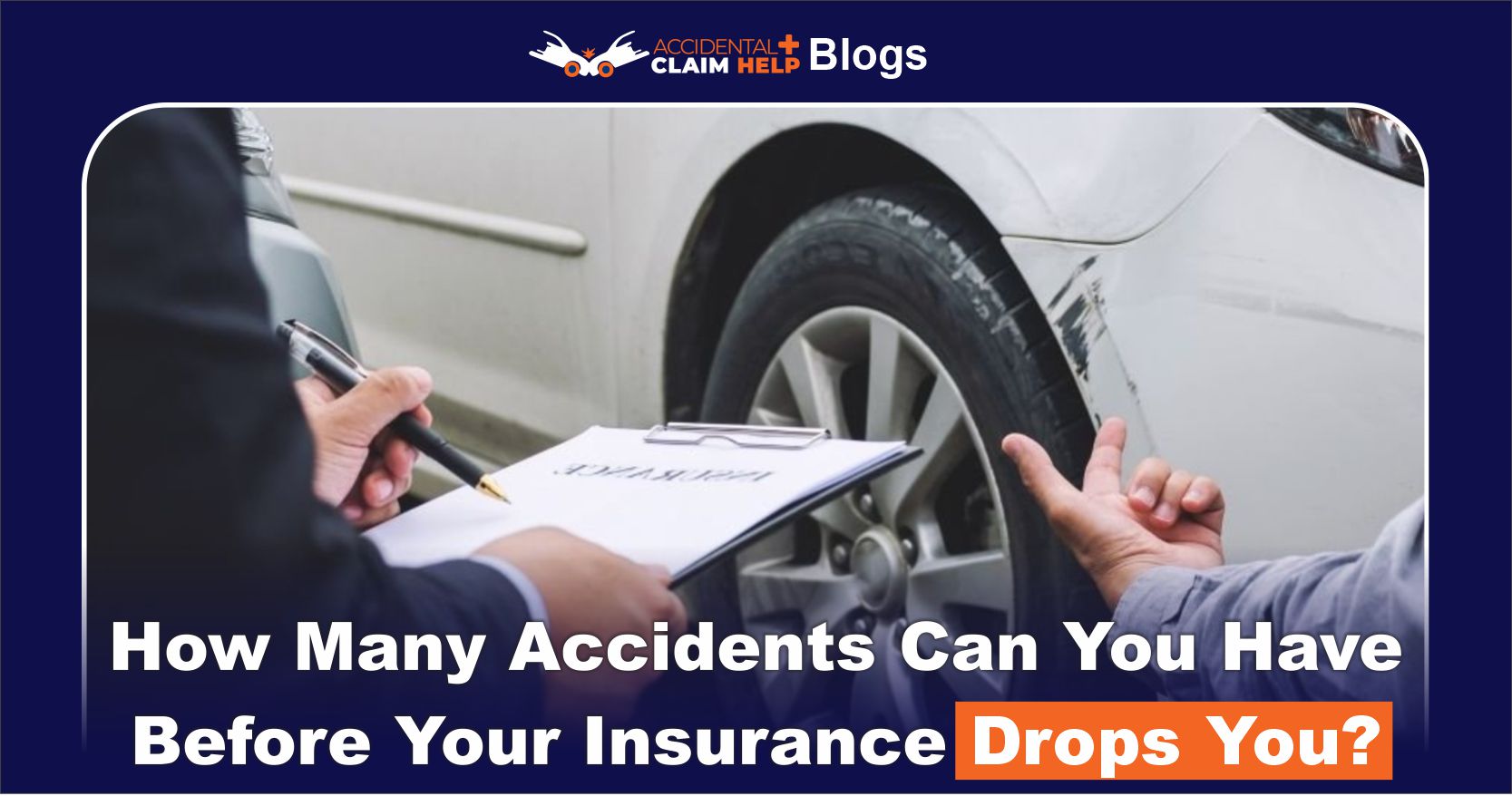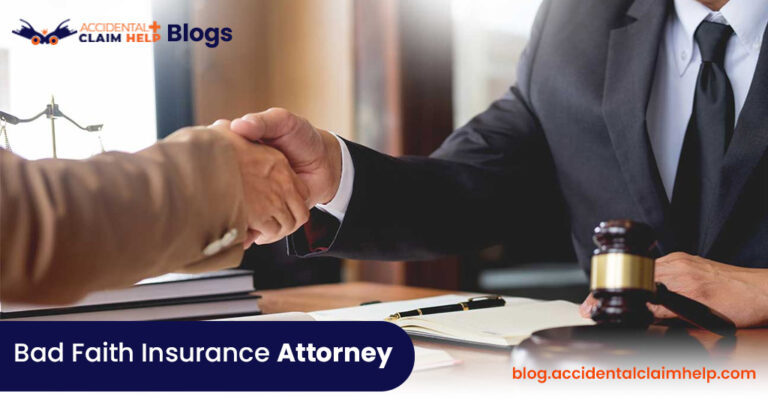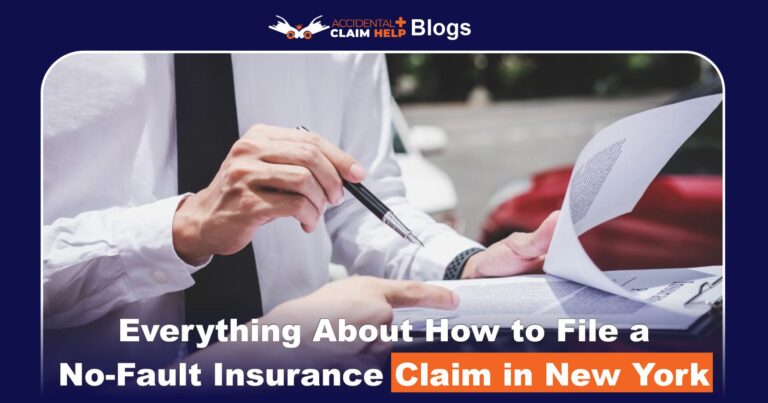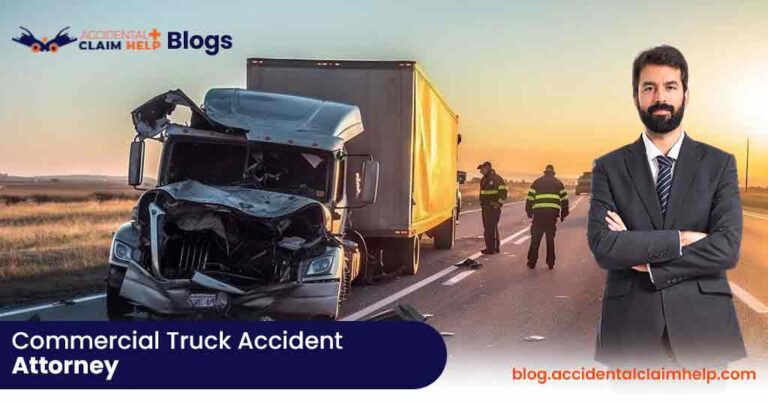How Many Accidents Can You Have Before Your Insurance Drops You?
Insurance rules vary widely, and there’s no single national “magic number” of wrecks that automatically triggers cancellation. In practice, each insurer sets its own benchmarks, and most look at your accident history over the past 3–5 years. Insurers focus on factors like severity of each crash, total claims filed, and your fault in the accidents. A single minor accident usually won’t get you dropped; the first step is typically a higher premium. But filing multiple claims in a short span can flag you as “high-risk,” making it hard to renew or find affordable coverage. In one analysis, drivers with 3 or more claims in 3 years were much more likely to be non-renewed than safer drivers.
Drivers involved in repeated accidents become high-risk. Insurers may eventually refuse renewal after about 3 accidents in 3 years.
Multiple Accidents and Your Policy
Every insurer has its own criteria. Some use comprehensive databases (like CLUE) to check up to 3–5 years of claim history. They typically weigh at-fault crashes more heavily than not-at-fault ones. For example, insurers generally pay more attention to accidents where you’re at fault, but any repeated collisions can raise red flags.
In general, after your first one or two accidents, most companies will raise your rate at renewal rather than cancel outright. If a second or third accident occurs soon after, you’ll likely face a non-renewal notice instead. In practice, many drivers find that about 3 at-fault accidents in 3 years triggers non-renewal for most carriers.
To illustrate, consider a typical timeline:
- Year 1: First at-fault accident. Insurer raises your premium (often 25–50% higher) at renewal. If you have accident-forgiveness, this accident may be waived (see below).
- Year 2: Second at-fault accident. On renewal, the insurer may warn of non-renewal. You shop for new coverage before policy expiration.
- Year 2 (renewal): Insurer non-renews you (or you switch proactively). New insurer charges a much higher “high-risk” rate.
- Years 3–5: Old accidents remain on your record. CLUE reports keep those claims for up to 3–5 years, so premiums stay elevated.
- After 5+ years: Earlier accidents fall off your record. Your rates may gradually return to normal if no new crashes occur.
Notice that at each step, premium increases tend to precede cancellation. Carriers usually only drop you at renewal for very serious risk (fraud, license suspension, DUI, etc.). So in many cases you’ll find yourself “shopping for new insurance” with a bad record rather than simply driving uninsured – which is illegal in almost every state.
At-Fault vs. Not-At-Fault Accidents
Who caused the crash matters. An at-fault collision typically leads to a bigger rate hike and counts toward non-renewal decisions. For example, premium hikes after an at-fault crash may be several times larger than for a not-fault crash. Insurers often discount or forgive not-at-fault claims (especially “small” ones), but they still may consider total claims frequency. In some states (like Texas) you can even see a ~10% rate increase after a not-at-fault crash, because insurers view any involvement as raising your future risk.
By contrast, if you have a not-at-fault accident, many insurers won’t penalize you as harshly. For example, Florida law prohibits non-renewal after up to two accidents in 3 years as long as you weren’t substantially at fault. (Three accidents in 3 years, however, allow cancellation even if none were your fault.) Generally speaking, though, being in an accident where another driver was entirely at fault is better for your record. Many policies specifically look only at at-fault accidents or major claims. Still, repeated involvement – even as a victim – can label you “accident-prone.”
Major Insurers’ Policies
GEICO: GEICO offers a Claim Forgiveness benefit (either earned or purchased) that prevents a rate increase after your first qualifying at-fault accident. Once your policy has Claim Forgiveness (often earned after 5 years accident-free or bought as an add-on), your first accident won’t raise your premium. After that, standard rate hikes apply. GEICO typically won’t cancel you after just one wreck – you’d first face a premium bump. If you rack up additional accidents, you may eventually be non-renewed, but GEICO emphasizes price increases before dropping you.
Progressive: Progressive automatically includes Small Accident Forgiveness for new customers (for the first claim up to $500) and Large Accident Forgiveness after 5 claim-free years. In short, your first small accident is forgiven, and after being accident-free for five years, your first larger accident is also forgiven (no rate increase). You can also buy extra forgiveness. As with GEICO, Progressive’s first response to a claim is to raise rates (unless forgiveness applies) rather than cancel. Repeated at-fault crashes over a few years, however, will lead them to non-renew just like any insurer.
Allstate: Allstate offers accident forgiveness through optional Gold and Platinum plans. Under the Gold plan you get one at-fault accident forgiven every 3 years (no surcharge or loss of discounts). The Platinum plan extends unlimited forgiveness. These are add-ons or upsell levels that prevent your first at-fault crash from hiking your premium. Without these plans, Allstate – like other companies – will increase rates after crashes. Ultimately, no insurer, including Allstate, promises lifetime coverage after multiple at-fault accidents. Allstate reserves the right to non-renew policies of “unacceptably risky” drivers.
State Farm: State Farm does not offer accident forgiveness in its personal auto policies. Instead, State Farm will simply increase your premium after each at-fault accident. Industry analysts note State Farm tends to raise rates moderately, but it also will non-renew after repeated claims. In short, State Farm has no special forgiveness riders, so policyholders with multiple crashes will face higher rates and likely a non-renewal if losses pile up.
USAA: For military members and families, USAA provides a free accident forgiveness benefit once you’ve been with USAA for 5 years without an at-fault accident. (You can also purchase forgiveness earlier in some states.) Like GEICO and Progressive, USAA forgives the first qualifying crash so it doesn’t bump your premium. After that, your rates go up normally. USAA, known for very competitive rates, still follows the industry pattern: multiple accidents eventually move you to the non-renewal pool.
Other insurers (Farmers, Nationwide, Liberty Mutual, etc.) follow similar patterns: they either have optional accident-forgiveness perks or simply raise your rate. No major insurer guarantees renewals after many at-fault crashes. In all cases, a few claims in a short span will trigger high-risk treatment. For example, one auto-industry analysis warns that 3 claims in 3 years typically ends in cancellation or forced switching to a high-risk plan.
State Laws & Consumer Protections
Because insurance is regulated by states, cancellation and non-renewal rules vary by state. Most states require insurers to give advance notice (often 30–60 days) before non-renewing a policy. They also typically forbid mid-term cancellations except for serious reasons like non-payment, fraud, or driving license suspension. In practice, this means an insurer usually has to wait until your policy term ends and then can refuse renewal.
Some states have specific accident protections. Florida, for instance, has strict rules: an insurer may not non-renew you for up to two accidents in 3 years (so long as you weren’t “substantially at fault”). Only after three accidents in three years can a Florida insurer cancel a policy – and even then “regardless of who was at fault.” On the other hand, Texas allows premium hikes after even not-at-fault crashes because the state does not prohibit insurers from raising rates for any at-fault percentage.
One notable state rule is California’s ban on accident forgiveness. Under Proposition 103, California insurers are forbidden from offering crash-forgiveness programs. As a result, drivers in CA cannot opt into official accident forgiveness – they simply won’t find it on the market. (Insurers there can still raise rates after crashes, but they just can’t sell the formal “forgiveness” add-on.)
In every state, when an insurer plans not to renew, they must explain why and give you time to find new coverage. Because many states won’t let an insurer drop you without cause mid-policy, you usually have those final weeks to shop around. If you’re dropped for accidents, you should immediately arrange new coverage (often with a specialized “high-risk” insurer or state plan) to avoid any lapse. Remember, driving uninsured is illegal almost everywhere.
Avoiding Cancellation: How to Keep Your Coverage
If you’ve had a crash, you can take steps to stay on the road:
- Use Accident-Forgiveness Programs: Enroll in or purchase an accident forgiveness rider if your insurer offers it. Carriers like GEICO, Progressive, Allstate (Gold/Platinum), USAA, etc. can forgive your first crash so it won’t hike your rate.
- Complete Defensive Driving Courses: Many companies (and some state laws) offer insurance discounts for taking an approved defensive driving course. Even if forgiveness isn’t available, a safe-driving course can offset some of the accident penalty on your record.
- Maintain Continuous Coverage: Never let your policy lapse. If an insurer cancels you mid-term, get a new policy immediately – sometimes you’ll need an SR-22 form to prove coverage if the cancellation was for something like a major violation. Some drivers choose a non-owner car insurance policy (if they don’t own a car) to keep continuous coverage and avoid gaps.
- Shop Around Early: Don’t wait until renewal time. If you suspect non-renewal, start comparing quotes from other insurers right away. Some carriers specialize in drivers with claims history. Liability-only can sometimes be much cheaper, though you lose collision coverage.
- Safe Driving and Discounts: Beyond courses, practice good habits. Increase your deductibles to lower premiums, bundle insurance policies, and hunt for every discount (multi-car, good student, defensive driver, etc.) to offset the hikes from claims.
- Appeal or Get Errors Corrected: If you believe a crash was wrongly reported (or your fault was misassigned), ask for documentation and dispute any inaccuracies with the claims database (CLUE) through your state DOI. Any corrections could improve your risk profile.
By taking these steps, you might be able to keep your policy longer or make the transition smoother if you do have to switch. However, be realistic: after multiple at-fault accidents, insurers will view you as high-risk.
After Cancellation: What to Expect
If you do end up with a cancellation or non-renewal notice, your driving record follows you. A history of multiple claims will stay on your CLUE report for 3–5 years, meaning insurers will quote high premiums for that entire period. You’ll likely have to file an SR-22 form (proof of high-risk insurance) if the cancellation was due to a major violation.
Getting new insurance after non-renewal (at end-of-term) is easier than after mid-term cancellation, but expect steep rates. Companies typically only drop your coverage at renewal for fraud, nonpayment, or a significant increase in risk. If your policy is simply non-renewed for too many accidents, you should still be able to buy a new policy – just from a different (often more expensive) insurer.
In practice, many drivers with 2–3 accidents find themselves quoted hundreds more for similar coverage. They may have to settle for minimum state-required coverage or a policy from a non-standard carrier. The silver lining is that as time goes on and old accidents age out, premiums can slowly decrease. Within 3–5 years of the last accident, many drivers regain access to standard rates (assuming no new violations).
Throughout this process, remember your legal protections: insurers must give you notice and a reason for non-renewal, and you cannot be cancelled mid-policy without cause. It’s wise to contact your state Insurance Department if you suspect unfair treatment. Ultimately, after multiple crashes, being dropped or non-renewed is unpleasant but usually survivable by shopping the market and maintaining continuous coverage.
FAQs
Does one accident mean I’ll be dropped?
No. In most cases, a single accident (even at-fault) will simply raise your premium at renewal. Carriers usually reserve cancellation for multiple accidents or other red flags. You can typically expect at least one more chance before an insurer lets you go.
Do not-at-fault accidents count against me?
Usually far less, but not always zero. Many insurers ignore or give minor rate bumps for clean not-at-fault claims. However, some states allow premiums to rise even after a not-at-fault crash. In summary, one or two not-at-fault accidents may not cause a big penalty, but multiple claims (fault or not) will still impact your insurer’s view of your risk.
Can my rates go up instead of cancellation?
Yes – almost always first. Insurers prefer to raise your premiums or impose surcharges rather than drop you immediately. Non-renewal is typically a last resort reserved for chronic risk or other issues. Even after two accidents, you’ll likely just see steeper rates and possibly lose good-driver discounts. So expect a big rate increase before any policy termination.
What can I do to stay insured after multiple accidents?
First, talk to your insurer about accident forgiveness or other programs – you may already have one earned or purchasable. Take an approved defensive driving course for a possible discount. Keep your coverage active (avoid any lapse or suspension). Shop around early – some insurers specialize in high-risk drivers and may give you better rates than your current company. Consider lowering coverage levels or increasing deductibles to reduce premium. Lastly, maintain any safe-driving discounts you can (good-student, bundle discounts, etc.) to offset the accident surcharges.







